Indomitable Spirit: Vietnam’s 12 Timeless Cultural Treasures
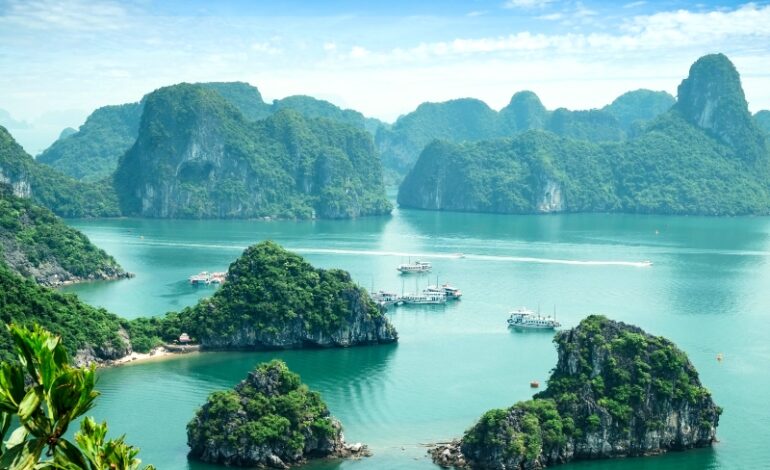
The Enduring Roots of Vietnamese Culture
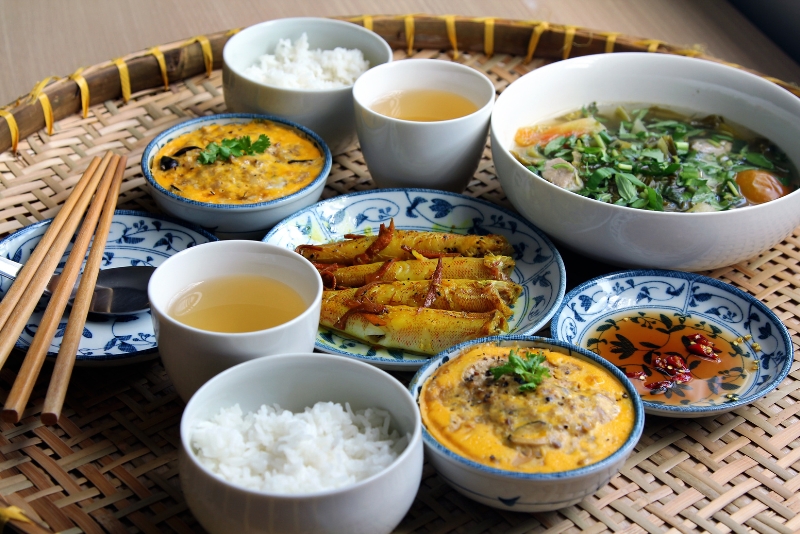
At the core of Vietnamese culture lies a profound reverence for the natural world and a deep-rooted respect for one’s ancestors. The country’s rich religious and philosophical traditions, a harmonious blend of Mahayana Buddhism, Taoism, and Confucianism, have shaped the way Vietnamese people navigate the complexities of life. This spiritual foundation is reflected in the intricate design of pagodas and temples that dot the landscape, each structure a masterpiece of craftsmanship and a testament to the enduring power of faith.
Honoring the Past, Shaping the Future
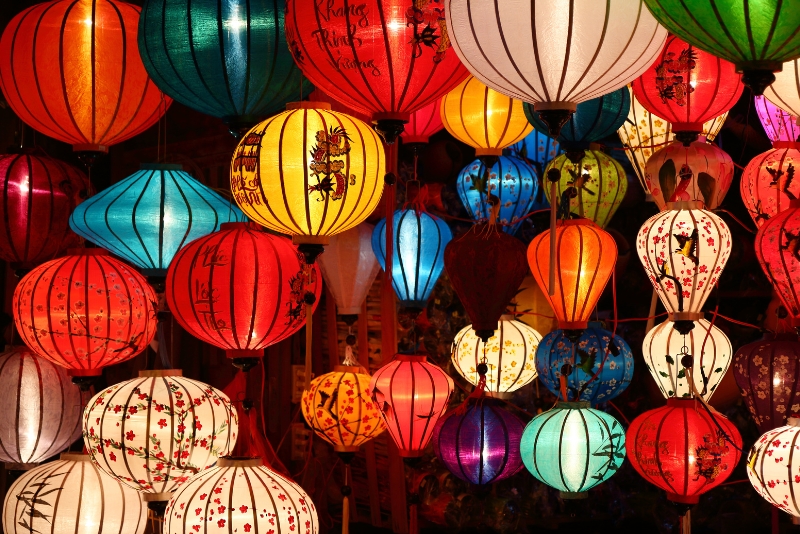
One of the most striking manifestations of this spiritual heritage is the practice of ancestor worship, which is deeply ingrained in Vietnamese society. Families meticulously maintain ancestral altars, adorned with offerings and incense, as a way to honor the memory of their forebears and seek their guidance. This reverence for the past is not merely a ritual but a living, breathing connection that imbues everyday life with a sense of purpose and belonging.
This respect for tradition is perhaps most evident in the realm of Vietnamese cuisine, which is widely acclaimed as one of the healthiest and most flavorful in the world. At the heart of this culinary legacy is a deep understanding of the rhythms of nature and a commitment to using fresh, locally sourced ingredients. From the fragrant pho noodle soup to the delicate spring rolls, each dish is a masterpiece of balance, with the interplay of sweet, sour, salty, and umami flavors creating a symphony on the palate.
Diverse Delights: The Regional Flavors of Vietnam
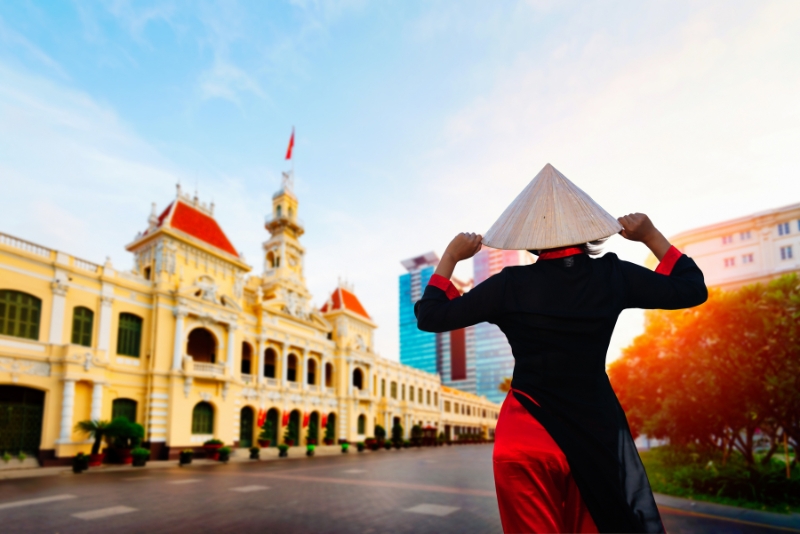
What sets Vietnamese cuisine apart, however, is the sheer diversity and regional variations that have evolved over centuries. Each locality has its own distinct culinary traditions, influenced by geography, climate, and historical trade routes. In the northern regions, the cuisine reflects the cooler climate and the proximity to China, with hearty, savory dishes like bún chả (grilled pork with noodles) and cốm (green sticky rice). In the central provinces, the influence of the imperial capital of Huế is evident in the refined, elegantly presented dishes that showcase the region’s culinary artistry. And in the south, the warm tropical climate and the abundance of seafood have given rise to vibrant, bold flavors, exemplified by the tangy-sweet-spicy combination in dishes like bánh mì (Vietnamese sandwiches) and cà ri (curries).
This culinary diversity is mirrored in the rich tapestry of Vietnamese art and performance. From the intricate lacquerware and delicate silk paintings to the mesmerizing water puppet theater, Vietnamese art forms celebrate the country’s natural beauty and cultural heritage. The water puppet theater, in particular, is a unique and enchanting art form that has its origins in the flooded rice fields of the Mekong Delta. Performers, hidden behind a screen, use their dexterity and ingenious puppetry to bring to life a captivating narrative that blends traditional folklore with modern storytelling.
Resilience and Adaptability: The Enduring Spirit of Vietnam
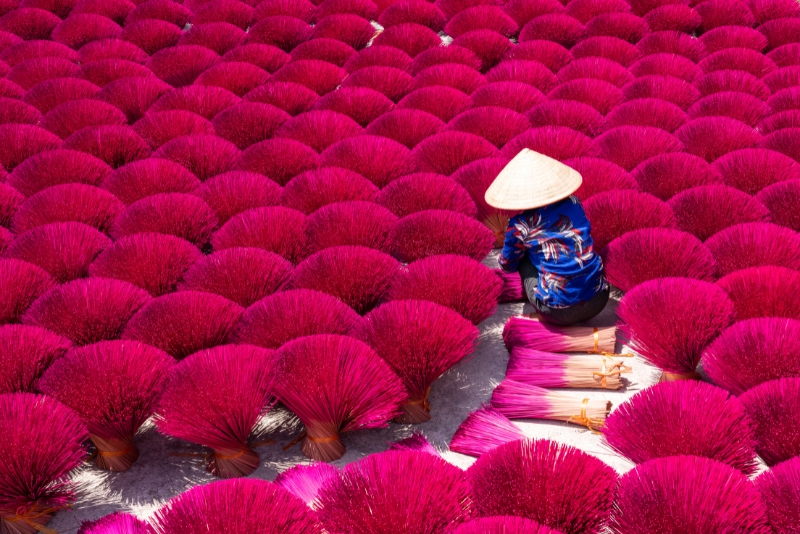
Underpinning this vibrant cultural landscape is the Vietnamese people’s unwavering spirit of resilience and adaptability. Throughout its history, Vietnam has weathered a succession of foreign invasions, occupations, and wars, yet it has emerged with its cultural identity intact, and in many ways, strengthened. This resilience is rooted in the deep-seated belief that the nation’s destiny is intertwined with the land itself, a sentiment eloquently expressed in the country’s national anthem, which speaks of the “mountains and rivers of our country.”
This sense of connection to the land is reflected in the Vietnamese people’s reverence for nature and their commitment to sustainable living. From the intricate network of irrigation canals in the Mekong Delta to the traditional stilt houses that dot the mountainous regions, Vietnamese communities have long demonstrated a deep understanding of the delicate balance between human activity and the natural environment. This eco-conscious mindset is now finding new expression in the country’s growing embrace of renewable energy and eco-tourism initiatives, which aim to preserve the country’s natural wonders while providing sustainable livelihoods for local communities.
Embracing the Old and the New: The Enduring Identity of Vietnamese Culture
As Vietnam navigates the challenges of modernization and globalization, it is this unique blend of tradition and resilience that continues to define its cultural identity. While the country embraces technological advancements and the influence of international trends, it does so with a steadfast commitment to preserving its heritage and adapting it to the needs of the 21st century. This ability to strike a balance between the old and the new, the local and the global, is what makes Vietnamese culture truly remarkable and enduring.
In a world that is increasingly homogenized by the forces of globalization, Vietnam stands as a shining example of how a nation can retain its unique identity while engaging with the broader global community. Its rich cultural tapestry, woven with the threads of tradition, resilience, and adaptability, serves as an inspiration for us all to embrace the diversity and complexity of the human experience.

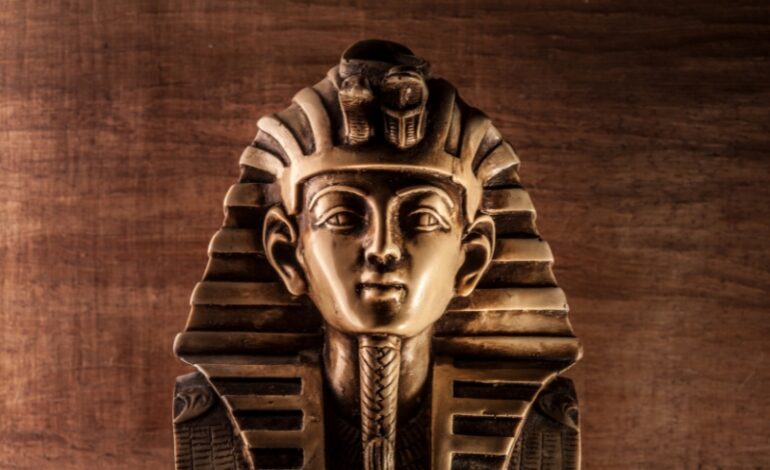






![Top 5 Most Powerful Mysterious Creatures Of All Time[Updated 2024]](https://newsdailybeats.com/wp-content/uploads/2024/06/mystery-creatures-1.jpg)
